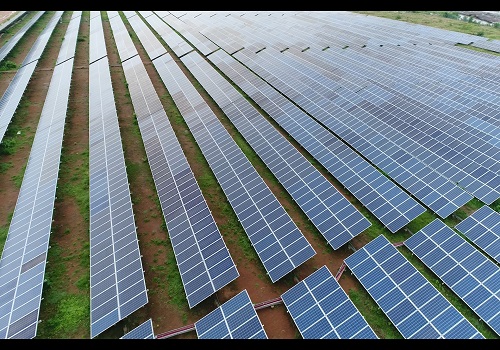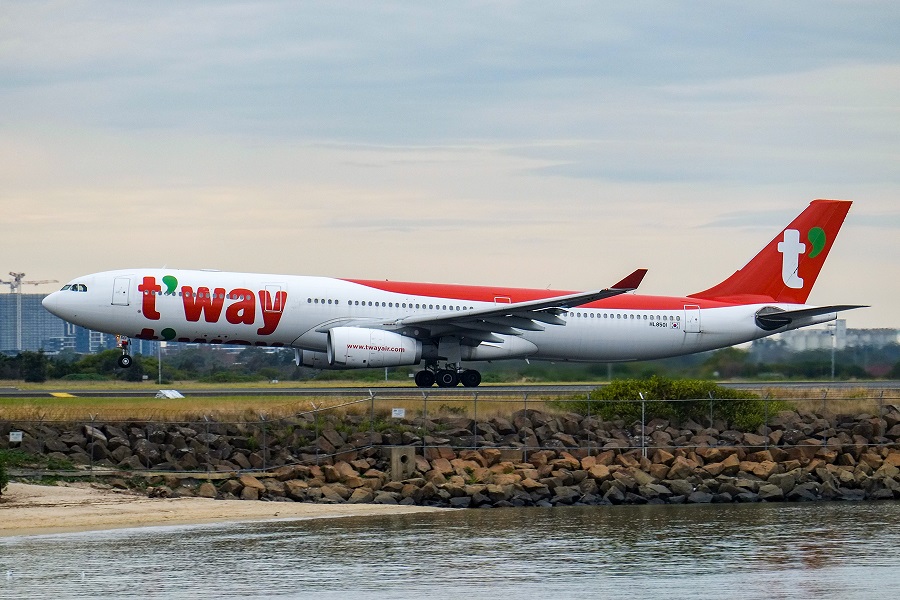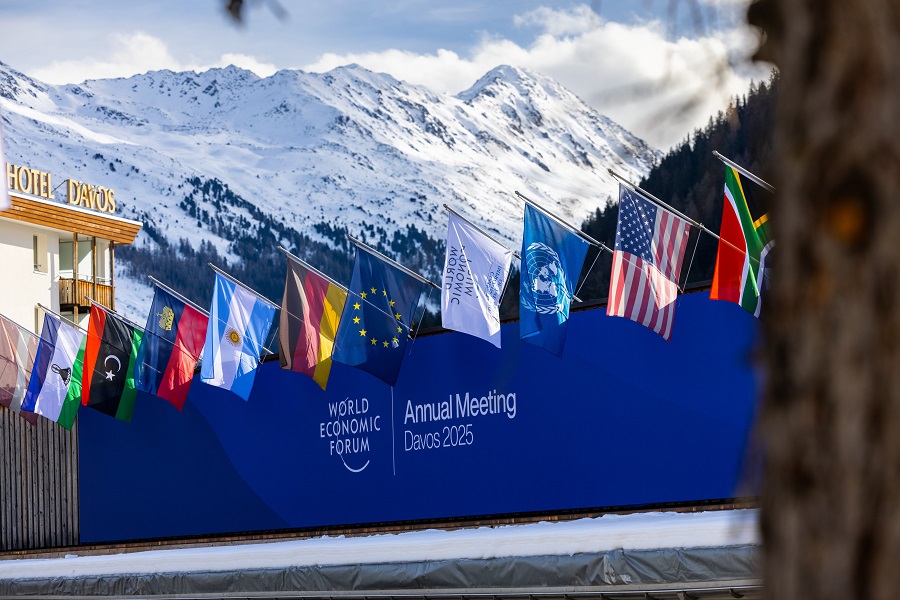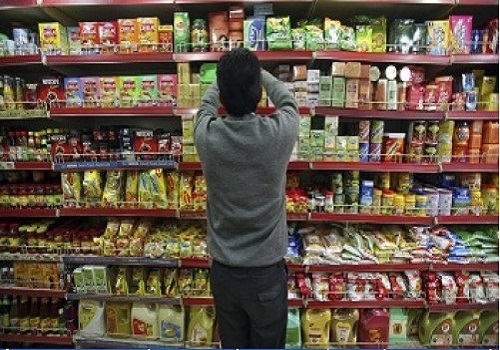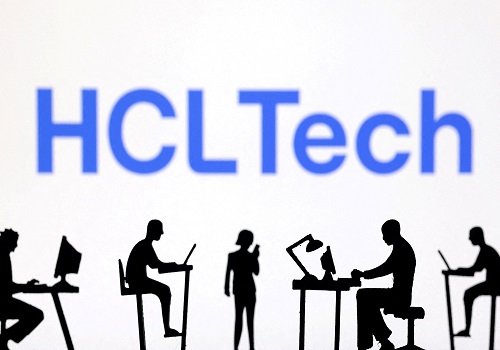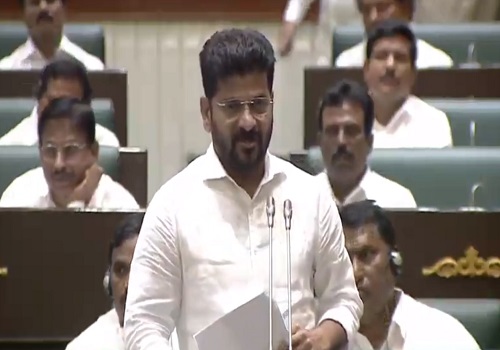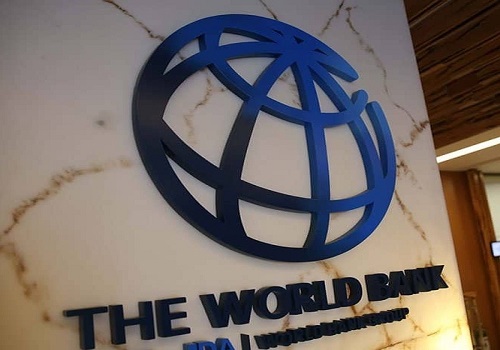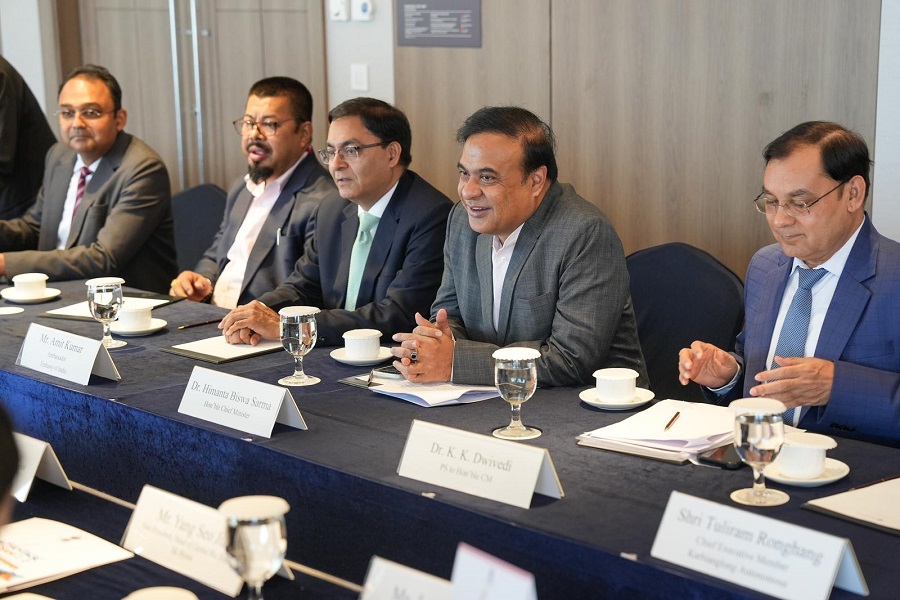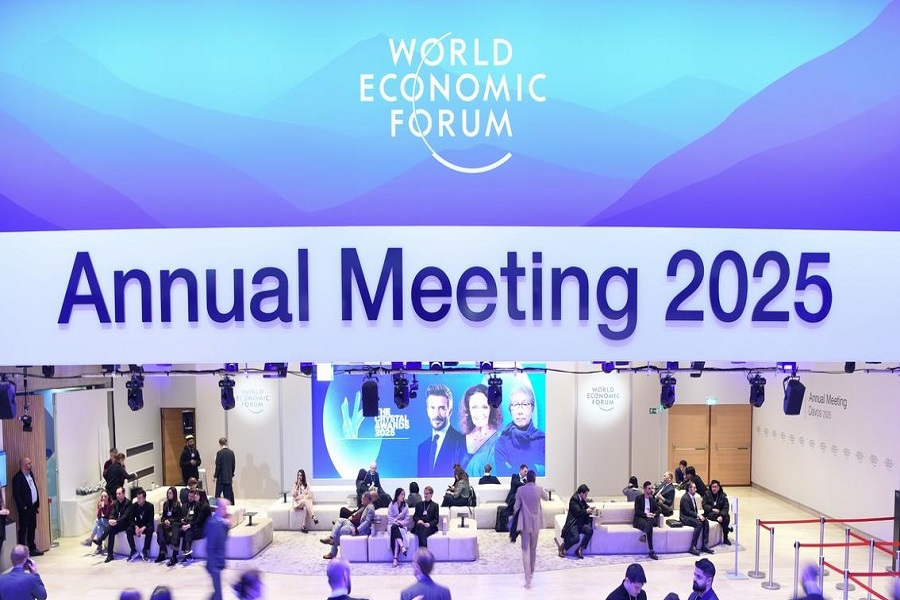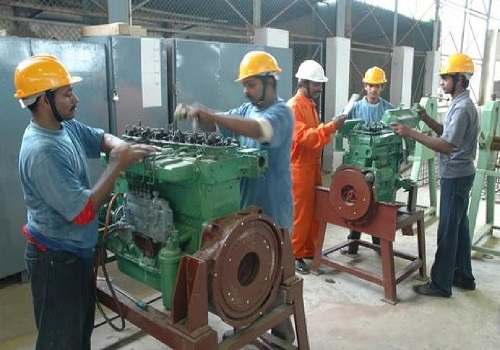Exclusive-PM Narendra Modi sets ambitious India economic goals for probable third term
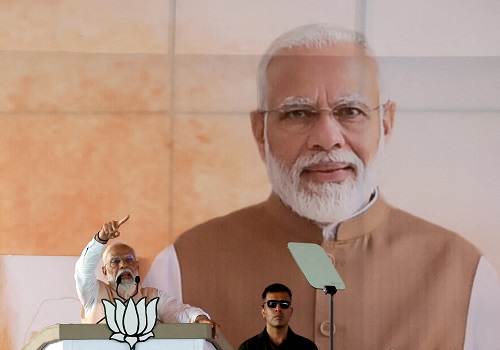
Indian Prime Minister Narendra Modi, confident of winning a national election starting this month, has set an ambitious target of roughly doubling the economy and exports this decade, according to a government document seen by Reuters.
Modi has highlighted economic growth as one of his biggest achievements in election rallies and has "guaranteed" making the economy the third largest in the world from fifth now if he wins a third term in a row as polls predict.
He has already asked officials to finalise plans by around May to expand the economy to $6.69 trillion in nominal terms by 2030, from around $3.51 trillion currently, according to the October document. Though short on concrete details of how to achieve that, it has been a basis for officials' meetings.
When he took office for a second term five years ago, Modi promised to take the economy to $5 trillion by the current fiscal year, but partly due to COVID-19 related disruptions, meeting that target is virtually impossible now.
For the next six years, Modi's goal is to raise per capita income to $4,418 from around $2,500, the document says, without specifying the spending or reforms needed to achieve that.
Modi's office and the finance ministry did not reply to requests seeking comment.
Independent economist Saugata Bhattacharya said if the real GDP can grow by 6-6.5%, inflation stays around 4.5% and the rupee continues to depreciate against the dollar by 1-1.5% every year, the economy can double in seven years in nominal dollar terms.
"The issue that a vision document should address is the set of structural reforms required to sustain this or a higher real GDP growth rate over a long time, a very difficult feat," he said.
The economy is, however, expected to have grown by around 8% in the last fiscal year ended March 31, the fastest among major countries, on the back of strong manufacturing and construction activity driven by government spending.
A former senior finance ministry official, Subhash Chandra Garg, said growth projections like those in the document are mostly based on "backward arithmetical calculations" and lack any "reform and investment plan".
"Usually such mental gymnastics based on arithmetic calculations and assumptions are meaningless unless there is serious reform and investment plan to test it for real economy dynamics," said Garg, the Modi government's finance secretary until 2019.
The main opposition Congress party says India's economic growth in the past few years under Modi has done little to create jobs and alleviate rural distress, while the disparity between rich and poor has widened.
The document says Modi's government wants exports of goods and services to jump to $1.58 trillion by 2030 from around $700 billion, which could double the share of Indian exports in global trade to more than 4%.
The government also plans to focus on 70 areas of improvement including workforce skills and vocational training, critical demands of industry leaders who often complain about the skill levels of the labour force.
It wants the literacy rate to rise to 82% by 2030 from about 78% now, unemployment to fall to less than 5% from 8%, and labour force participation rate to jump to more than 50% from 46% now.
Modi has said in rallies he needs to remain in power to implement measures to take India towards a developed economy by 2047, the 100th year of independence, from mid-income levels now. He has not spelt out the measures.
Opinion polls show he will win big in the elections starting on April 19 and ending after seven phases on June 1, with vote counting on June 4.
A coalition led by Modi's Hindu nationalist Bharatiya Janata Party (BJP) could win nearly three-fourths of parliamentary seats in the nation of 1.42 billion people, according to a survey on Wednesday, while Congress could hit a record low.
He would be the first person since India’s post-independence Prime Minister Jawaharlal Nehru to win three consecutive terms.
